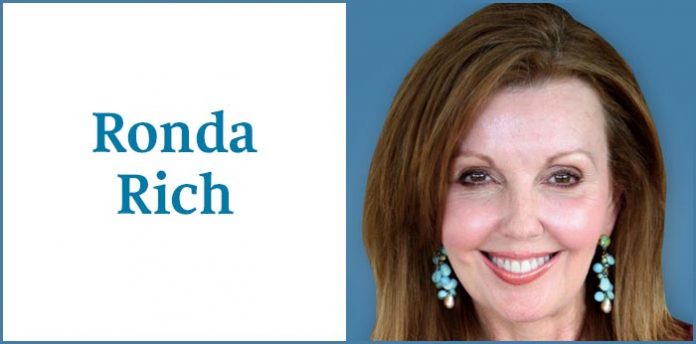When I was a child of 5 or 6, I loved my little record player but other than children’s storytelling albums, I owned only two albums, both gospel: Elvis Presley and Johnny Cash from The Holy Land.
The songs from these two albums impressed that 6-year-old freckled face kid in such a deep way that I have now both albums downloaded on my iPod. A few years ago, I read in Cash’s autobiography called Cash that from the beginning of his career, he wanted to tithe not only money but songs so every tenth song he recorded was a gospel one. Later, he just saved up his song tithing and did complete gospel albums.
My favorite Johnny Cash gospel rendering, then and now, is the Carl Perkins’ composition, Daddy Sang Bass.
Recently, Tink and I were watching Johnny Cash’s ground-breaking network television show on DVD. He introduced Daddy Sang Bass, saying, “Now, with the Carter family and the Statler Brothers helping me, we’d like to do it for you.”
“Daddy sang bass,” Cash intoned, his voice dropping an octave.
“Mama sang tenor,” June Carter Cash chimed brightly.
“Me and little brother would join right in there,” harmonized the Statlers.
My eyes watered and my nose stung, thinking of Daddy singing bass from his place on the front pew, of Mama singing from her hymn book and my cousin, Lynn, and I singing alto as loud as we could.
As I watched the performance, it suddenly occurred to me that many children will grow up, not knowing that hymns have parts that, when combined, make harmonies from voices in different ranges. In the country churches where I grew up – and the Lord’s house that Tink and I attend now – music focused primarily on bass, soprano and alto. We sing by shaped notes, a skill taught throughout the early Appalachians.
This took some figuring out by Tink, who grew up in a Presbyterian church that sang dignified, classical hymns while my church let go joyously whenever we sang Albert Brumley, Cleavant Derricks or any songwriter published by the Stamps-Baxter Company. After several years, Tink has figured out which parts to sing even though he occasionally whispers, “Honey!” whenever my out-of-tune singing is too loud.
“If you can read and sing shaped notes, there’s nothing you can’t sing,” explained Stephen Butler, a music teacher, who oversees the North Georgia School of Gospel Music, which gathers children and teenagers together for two weeks every summer and teaches shape note singing. I was invited one day to Pearce Auditorium on the Brenau campus to hear over 200 voices chiming together like an angelic choir.
This is the heart of the South,” Stephen said. “We’re trying to preserve this art form and it needs to be preserved. When you marry a message with a melody, there is nothing like it. It’s contagious.”
Yes, it is. I sat in the balcony, watching those young people who read the music and sang their parts to the accompaniment of a robust piano. It rang with praise and beauty.
Our family’s great friends, the Calhouns, had a mama and five siblings who sang gorgeous blood harmony, a mountain term for perfect harmony that can only be produced by singers who are related by blood. Whenever we visited, one or the other would say, “Well, let’s sing a song for yu’uns before you leave.”
Judy would sit down at the old upright piano and the others would gather around to sing a gospel song. It was beautiful.
When Cash sang the lines, “One of these days and it won’t be long, I’ll rejoin them in a song. I’m gonna join the family circle at the throne,” my tears fell.
I cried with both sad and glad tears. Sad because they’re all mostly gone now but glad because I will join them in the family circle at the throne.
Singing shaped notes, of course.
[Ronda Rich is the best-selling author of “Mama: Mark My Words.” Visit www.rondarich.com to sign up for her free weekly newsletter.]






